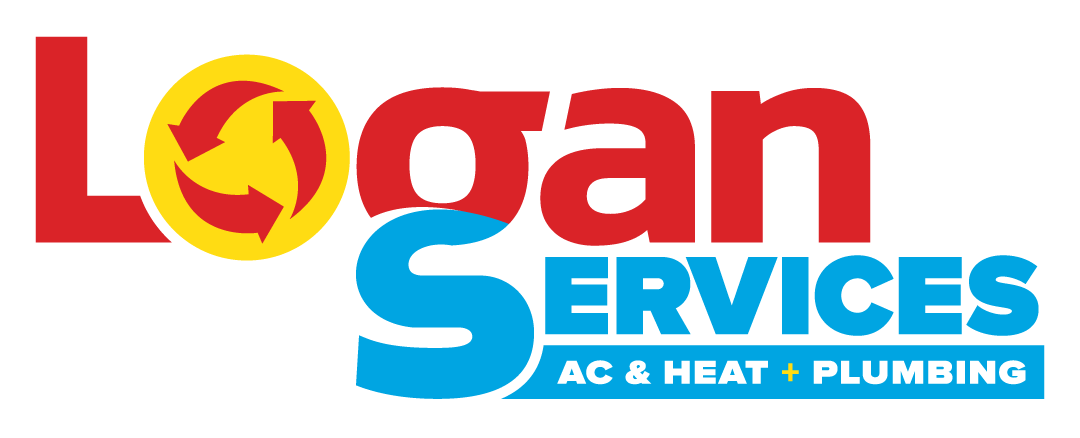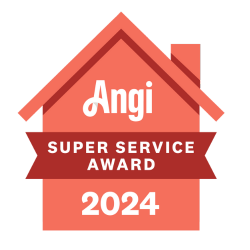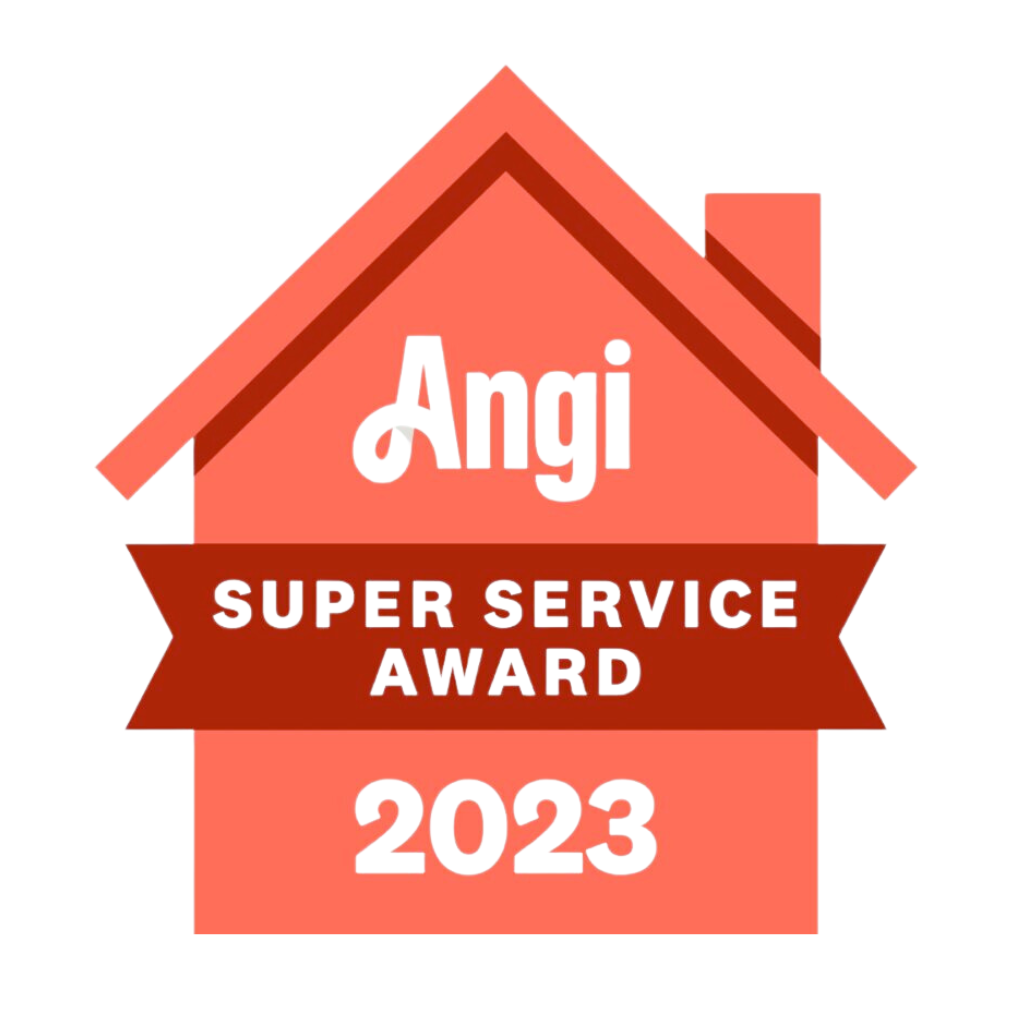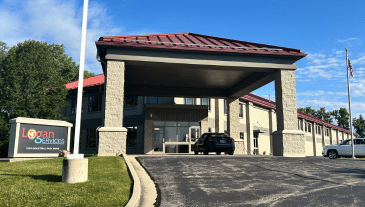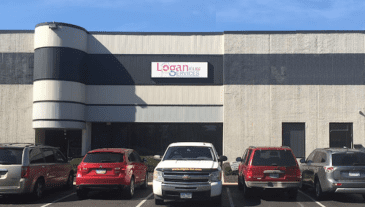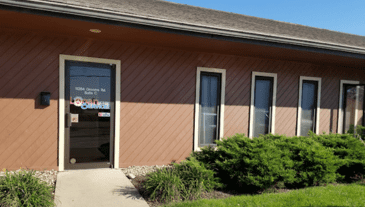A heat pump is a versatile heating and cooling system that transfers heat from one place to another, utilizing the principles of refrigeration. Unlike traditional heating systems that generate heat, heat pumps move heat from the outdoors into your home during the winter and reverse the process in the summer, extracting heat from your home and releasing it outside. As the demand for sustainable and environmentally friendly options grows, understanding the costs associated with installing and operating a heat pump is increasingly important. The following sections will delve into the factors that influence energy costs, average heat pump prices, and strategies to reduce expenses while maximizing the benefits of this innovative technology.
Why Install a Heat Pump?
Heat pumps have become increasingly popular among homeowners seeking energy-efficient, cost-effective solutions for their heating and cooling needs. With the ability to provide heating and cooling, heat pumps are a versatile and environmentally friendly alternative to traditional ac systems. By investing in a heat pump installation, homeowners can enjoy improved energy efficiency, reduced carbon footprint, simplified maintenance, and can save money.
- Energy Efficiency: Heat pumps are highly efficient, meaning heat pump electricity usage can be less than older, traditional heating and cooling systems. Heat pumps save money on energy bills by transferring heat rather than generating it.
- Cost Savings: The energy efficiency of heat pumps translates into long-term cost savings. While the initial installation costs may be slightly higher than those of conventional systems, the reduced energy consumption leads to lower utility bills over time.
- Environmental Sustainability: Heat pumps rely on electricity rather than fossil fuels, making them a cleaner energy option. By reducing your carbon footprint, you contribute to a greener future.
- Versatility: Heat pumps provide heating and cooling in a single system, eliminating the need for separate units. This versatility saves space and can simplify maintenance.
Factors Influencing the Cost of Heat Pump Installation
Heat pump installation costs can vary depending on several key factors. Understanding these factors is crucial for homeowners to accurately estimate the expenses associated with installing a heat pump system in their homes:
- Size of Your Home: The size of your home directly impacts the capacity and type of heat pump required. Larger homes typically require more powerful systems, leading to higher equipment and installation costs.
- Type of Heat Pump: There are various types of heat pumps, such as air-source, ground-source (geothermal), and water-source. Each type has its own installation requirements and associated costs.
- Climate and Location: The climate in your area and the specific location of your home can influence the efficiency and sizing of the heat pump needed. Extremely cold climates or extremely warm climates may require additional features or larger systems compared to mild climates.
- Existing Ductwork: If your home already has ductwork, the installation costs may be lower. However, if new ductwork or modifications are necessary, expenses can increase significantly.
- Labor Costs: Installation labor costs vary depending on the project’s complexity, the contractor’s experience, and local market rates.
Average Costs Associated with Heat Pump Installation
The average heat pump installation cost can range from $7,000 to $45,000+, depending on the factors mentioned above. Air-source heat pumps are generally more affordable, with prices ranging from $7,000 to $14,000+. Ground-source heat pumps, also known as geothermal systems, have higher installation costs, typically between $15,000 and $45,000+ due to the extensive excavation and loop installation required.
It’s important to note that these are average ranges, and the actual cost of your heat pump installation may vary based on your specific requirements and location.
Reducing Heat Pump Installation Costs
While the upfront costs of heat pump installation can be substantial, several strategies homeowners can employ to minimize expenses without sacrificing quality can make the process more affordable and provide the best value for their investment.
- Research and Compare: Obtain multiple quotes from reputable contractors and compare their prices, experience, and customer reviews.
- Consider Rebates and Incentives: Many utility companies, state governments, and federal programs offer rebates and incentives for energy-efficient upgrades like heat pump installation. Research available programs in your area to offset some of the initial costs.
- Optimize Home Insulation: Improving your home’s insulation and sealing air leaks can enhance the efficiency of your heat pump, allowing you the opportunity to require a smaller, less expensive system.
- Regular Maintenance: Scheduling regular maintenance for your heat pump guarantees optimal performance, prevents costly repairs, and extends the system’s lifespan.
Financing Options
Investing in a heat pump installation is a significant financial decision for many homeowners. However, with the various financing options available, you can make the installation process more manageable and affordable. At Logan Services, we understand the importance of providing our customers with flexible financing solutions to help them achieve their heating and cooling goals.
- Wells Fargo Financing: As a trusted partner of Logan Services for over a decade, Wells Fargo offers special financing options, with approved credit, for customers installing new Trane heating and cooling systems. With a range of options tailored to fit your budget, we have helped more customers in Ohio and the surrounding areas install new Trane systems than any other dealer in the state. Our comfort consultants can assist you in applying for a line of credit during the estimate process for a secure and swift approval process, depending on your credit score.
- Wright-Patt Credit Union: With a 90-year history of serving the community’s financial needs, Wright-Patt Credit Union offers quick, easy, and convenient financing options. Enjoy competitive rates, flexible terms, local loan decisions, and outstanding service and support.
- Synchrony Financing: Synchrony provides budget-friendly financing solutions for unexpected home comfort crises. With exclusive promotional financing offers and a simple, hassle-free application process, Synchrony guarantees fast credit decisions and convenient monthly payments.
- GoodLeap Financing: GoodLeap is dedicated to helping homeowners save money while promoting sustainable home upgrades. They offer flexible payment options and a quick approval process, making it easy for you to finance your heat pump installation.
The Price of Running a Heat Pump
While the upfront cost of installing a heat pump is a significant consideration, it’s equally important to understand ongoing heat pump running costs. A heat pump’s running costs are influenced by various factors that can impact your monthly energy bills and long-term savings. By familiarizing yourself with these factors, you can make informed decisions to optimize the efficiency and cost-effectiveness of your heat pump.
- Electricity prices: Heat pumps run on electricity, so heat pump running costs are directly tied to the electricity rates in your area. Higher electricity prices will result in higher operating costs.
- System efficiency: Your heat pump’s efficiency, measured by its Seasonal Energy Efficiency Ratio (SEER) for cooling and Heating Seasonal Performance Factor (HSPF) for heating, plays a significant role in determining heat pump running costs. More efficient systems consume less electricity, leading to lower operating expenses.
- Climate: The climate in your region affects the workload of your heat pump. In areas with extreme temperatures, such as extremely cold or extremely warm climates, heat pumps may need to work harder to maintain a comfortable indoor environment, resulting in higher energy consumption and running costs.
- Insulation and air sealing: The quality of insulation and air sealing in your home impacts the efficiency of your heat pump. Well-insulated and properly sealed homes require less energy to maintain the desired temperature, reducing heat pump running costs.
- Thermostat settings: Your temperature preferences and thermostat settings directly influence the amount of energy your heat pump consumes. Setting your thermostat to a higher temperature in summer and a lower temperature in winter can help minimize expenses.
- Maintenance: Regular maintenance, such as cleaning or replacing air filters, ensuring proper refrigerant levels, and servicing the system, helps maintain your heat pump’s efficiency. Neglecting maintenance can lead to reduced efficiency and higher operating costs over time.
- Size of your home: The size of your home determines the capacity of the heat pump required. Larger homes generally have higher heating and cooling demands, which can result in increased heat pump running costs compared to smaller homes.
- Supplementary heating: In some cases, particularly in cold climates, a heat pump will require supplementary heating during extreme cold spells. The use of backup heating sources can add to operating costs.
How to Save Money Running a Heat Pump
Heat pumps are already known for their energy efficiency, but there are several additional ways to optimize their performance and minimize heat pump running costs. From investing in a high-efficiency model to adopting energy-saving habits, let’s explore how to keep more money in your pocket while keeping your temperature at a comfortable level.
- Invest in a high-efficiency heat pump: When selecting a heat pump, opt for a system with a high SEER rating for cooling and HSPF rating for heating. Higher efficiency systems may have a higher upfront cost but can lead to long-term savings on energy bills.
- Proper sizing: Check that your heat pump is properly sized for your home’s heating and cooling needs. An oversized or undersized system can lead to inefficient operation and higher heat pump running costs. Consult with a professional HVAC contractor to determine the appropriate size for your home.
- Regular maintenance: Schedule annual maintenance for your heat pump to keep it running at optimal efficiency. Regular cleaning, filter replacements, and system tune-ups can prevent efficiency losses and extend the lifespan of your heat pump, saving you money in the long run.
- Programmable thermostat: Install a programmable thermostat to adjust the temperature based on your schedule and preferences automatically. Setting the thermostat to a higher temperature in summer and a lower temperature in winter when you’re away or asleep can reduce energy costs.
- Improve insulation and air sealing: Invest in proper insulation and air sealing for your home. A well-insulated and air-sealed home requires less energy to maintain a comfortable temperature, reducing the workload on your heat pump and lowering heat pump running costs.
- Take advantage of solar gain: During the winter months, open your curtains and blinds on south-facing windows during the day to allow natural sunlight to warm your home. This can reduce the burden on your heat pump and lower heating costs.
- Use ceiling fans: In the summer, use ceiling fans in conjunction with your heat pump to circulate cool air more effectively. This may allow you to set your thermostat a few degrees higher without compromising comfort, reducing cooling costs.
- Avoid extreme thermostat settings: Refrain from setting your thermostat to extreme temperatures in an attempt to heat or cool your home quickly. This can lead to excessive energy consumption and higher energy costs. Instead, maintain a consistent, moderate temperature for optimal efficiency.
- Take advantage of off-peak electricity rates: If your electricity provider offers time-of-use rates, shift your heat pump usage to off-peak hours when electricity prices are lower. This can help reduce heat pump running costs.
While the initial investment in a heat pump may be higher than traditional systems, the long-term benefits, including energy savings, cost reductions, and environmental sustainability, make it worthwhile. Understanding the costs associated with heat pump installation is essential for homeowners considering this energy-efficient and environmentally friendly heating and cooling solution. By weighing the factors influencing installation costs, exploring average prices, and considering strategies to reduce expenses, homeowners can make informed decisions that align with their budgets and long-term energy goals.
The Logan Difference
At Logan Services, we take pride in being a family-owned and operated business that prioritizes the satisfaction and well-being of our customers. Our commitment to excellence begins with our rigorous training program for installers. We give every team member the skills, knowledge, and expertise necessary to deliver exceptional results. We go above and beyond to ensure that our installers have the necessary parts and equipment before arriving at your property.
We believe that our responsibility extends beyond the installation itself. Once the work is complete, our team conducts a thorough walkthrough with the customer. We explain how to set up and operate your new system and provide guidance on troubleshooting any potential issues that may arise. Our goal is to empower you with the knowledge and confidence to enjoy the benefits of your installation fully.
When you choose Logan Services, you can trust that you are partnering with a company that truly cares about your satisfaction and well-being. We are committed to delivering the Logan Difference – a combination of expertise, quality, communication, and community involvement that sets us apart. Let us show you why we are the preferred choice for installation services in our area.
Frequently Asked Questions
Are heat pumps effective in extreme temperatures?
Modern heat pumps are designed to operate effectively in a wide range of temperatures, including extremely cold climates or warm climates. However, a backup heating source may be necessary for optimal comfort in extremely cold climates.
How often should I schedule maintenance for my heat pump?
It is recommended that you schedule professional maintenance for your heat pump at least once a year, ideally before the start of the heating or cooling season. Regular maintenance helps maintain efficiency, prevents breakdowns, and prolongs the system’s lifespan.
Are there any additional costs to consider beyond installation?
In addition to the installation costs, homeowners should factor in the costs of regular maintenance, potential repairs, and the electricity consumed by the heat pump during operation. These costs are typically offset by the system’s energy savings and long-term benefits.
